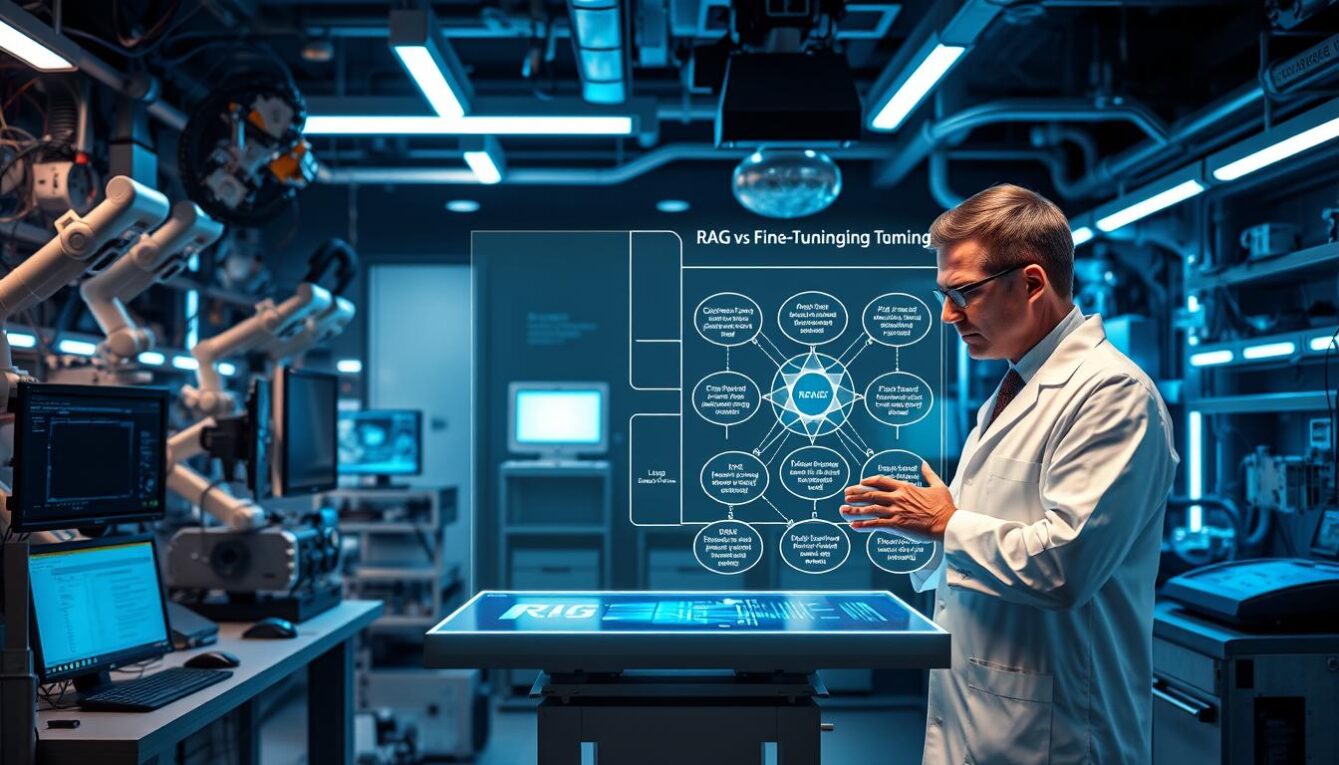Introduction to Legacy System Adoption ===
Many organizations today rely on legacy systems to run their daily operations. These systems are often outdated, difficult to maintain, and require extensive resources to keep up and running. With the ever-increasing demand for faster software delivery and increasing competition, many organizations are adopting DevOps practices to help streamline their processes, improve efficiency, and reduce costs. However, adopting DevOps in legacy systems can be challenging due to technical and cultural barriers.
=== Understanding the Need for DevOps ===
DevOps is a methodology that promotes collaboration and communication between development, operations, and other stakeholders. It aims to speed up software delivery while maintaining quality and reliability. For legacy systems, DevOps can help to automate manual processes, improve system reliability, and reduce the time required for testing and deployment.
=== Challenges in Implementing DevOps ===
Implementing DevOps practices in legacy systems can be challenging due to a variety of reasons. Technical challenges include outdated infrastructure, lack of automation, and limited tooling support. On the other hand, cultural challenges can include resistance to change, siloed teams, and a lack of cross-functional collaboration. These challenges can often slow down the adoption of DevOps practices in legacy systems.
=== Overcoming Technical Challenges ===
To overcome technical challenges, organizations must invest in modernizing their infrastructure and tooling. This can include upgrading hardware and software, implementing automation tools, and adopting cloud-based solutions. By adopting modern tooling, organizations can greatly improve their ability to manage and deploy their legacy systems.
=== Overcoming Cultural Challenges ===
To overcome cultural challenges, organizations must focus on building a culture of collaboration and transparency. This can be achieved by encouraging cross-functional teams, promoting knowledge sharing, and fostering a culture of continuous improvement. A strong focus on culture can greatly improve team morale and help to drive the adoption of DevOps practices.
=== Benefits of Adopting DevOps ===
The benefits of adopting DevOps in legacy systems are significant. DevOps can help to reduce downtime, improve system performance, and increase the speed of software delivery. This can result in increased productivity, lower costs, and improved customer satisfaction. Additionally, DevOps can help to foster a culture of collaboration and innovation, which can lead to better ideas and faster development.
=== Best Practices for Legacy System Adoption ===
Best practices for legacy system adoption include investing in modern tooling, building a culture of collaboration, and encouraging continuous learning and improvement. Additionally, organizations should focus on automation, monitoring, and testing to ensure that their legacy systems are reliable and secure. By adopting these practices, organizations can greatly improve their ability to manage and deploy their legacy systems.
=== Strategies for Integration and Collaboration ===
Strategies for integration and collaboration include creating cross-functional teams, promoting knowledge sharing, and utilizing agile methodologies. By breaking down silos and encouraging collaboration between teams, organizations can greatly improve their ability to manage and deploy their legacy systems.
=== Adopting Automation for Legacy Systems ===
Adopting automation for legacy systems is crucial for improving system reliability, reducing downtime, and increasing productivity. Automation tools can help to automate manual processes, reduce errors, and improve deployment speed. By adopting automation, organizations can greatly improve their ability to manage and deploy their legacy systems.
=== Implementing Continuous Integration and Continuous Delivery ===
Implementing continuous integration and continuous delivery (CI/CD) is essential for improving software delivery speed and reliability. By automating the testing and deployment process, organizations can greatly reduce the time required for testing and deployment. This can result in improved system performance and increased customer satisfaction.
=== Monitoring and Metrics for Legacy Systems ===
Monitoring and metrics are critical for ensuring the reliability and security of legacy systems. By monitoring system performance and collecting metrics, organizations can quickly identify and address issues before they become major problems. Additionally, metrics can help to drive continuous improvement and ensure that the legacy system is meeting business needs.
The Future of Legacy System Adoption ===
In conclusion, the adoption of DevOps practices in legacy systems is becoming increasingly important for organizations to stay competitive. While there are technical and cultural challenges to overcome, the benefits of adopting DevOps practices are significant. By investing in modern tooling, building a culture of collaboration, and adopting automation and monitoring practices, organizations can greatly improve their ability to manage and deploy their legacy systems.










